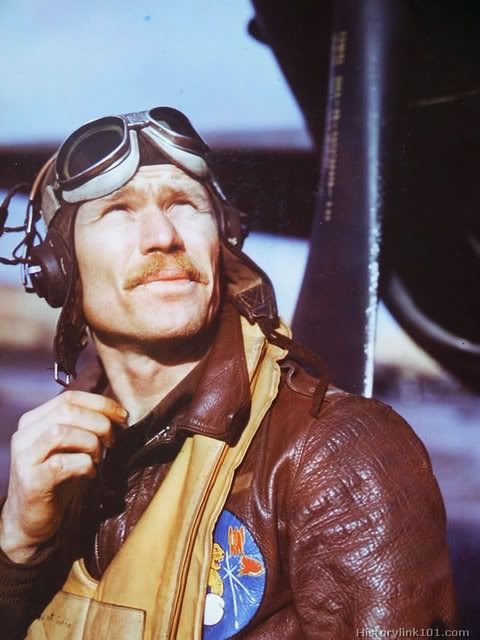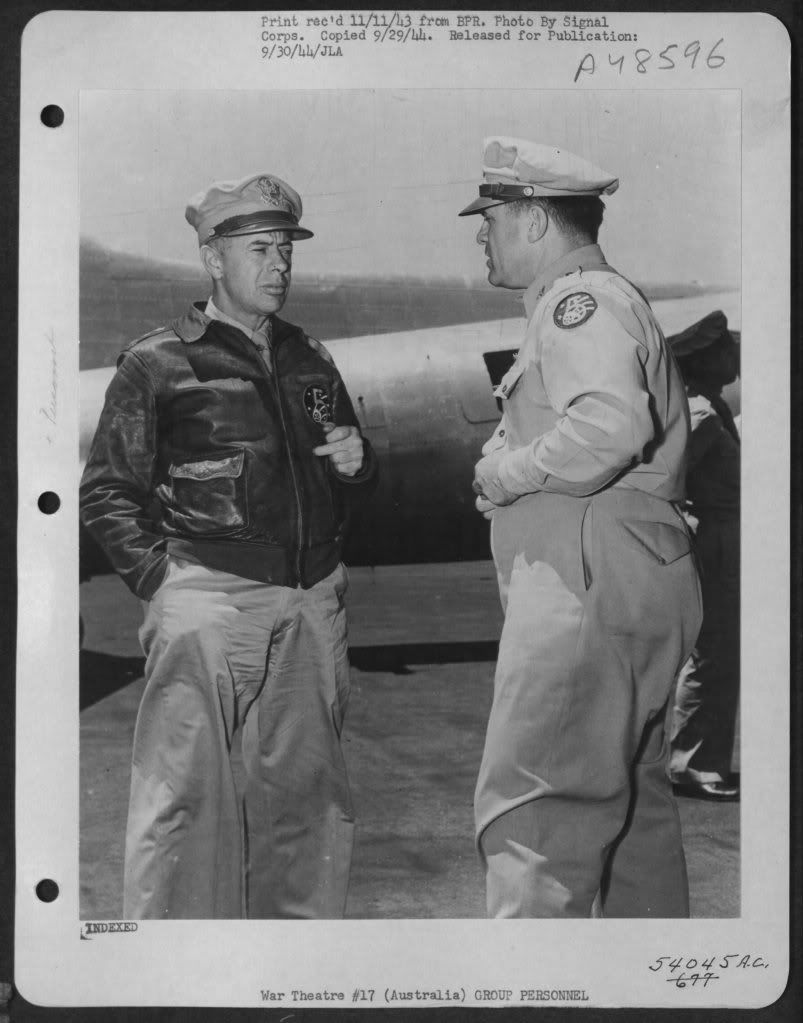A
Anonymous
Guest
Maybe it's just me but I think that people seem prefer the look of original jackets (even though wrecked and almost not wearable) over the brand new (almost shiny) look of repros.
Some manufacturers even opted to re-create the look of originals by aftificially aging the jackets (some have succeded, some not) or even to source leathers that have a vintage look.
But, was the look of the jackets "vintage" when they were issued to WWII pilots? I don't think so.
Was it "vintage" during or after the war was over? I don't think so.
I know I wasn't there but at least that's what some of the photos show
See below pic
http://farm4.static.flickr.com/3514/393 ... 6709_b.jpg
The jackets look almost as new. Let's not forget also that the jacket was part of the uniform worn by officers. The regulation still remains that you gotta take care of your uniform to maintain a pristine look. Yes OK, it was the war. The war Department and the USAAF cared about winning the war, not the good looks of the officers.
However, I find it hard to grasp that those strong leather jackets developed "vintage" look during the war.
The "vintage" look we see in the originals today, was developed by wearing the jacket for many many years after the war was over.
So, the abused look that most original jackets have shouldn't have been the look the same had during the war. Consequently, we may say that the originals, when issued, had the look of the new modern repros (to the extent of the leathers used being the same) and not that vintage look. If the above statement is true, then today's repros aren't too far away from being accurate repros.
What do you think?
There have always been two "schools" of jacket aging. The artificial aging and the natural aging.
Which school do you support and why, and what methods you think most appropriate for artificial aging?
Just my thoughts, thanks.
Some manufacturers even opted to re-create the look of originals by aftificially aging the jackets (some have succeded, some not) or even to source leathers that have a vintage look.
But, was the look of the jackets "vintage" when they were issued to WWII pilots? I don't think so.
Was it "vintage" during or after the war was over? I don't think so.
I know I wasn't there but at least that's what some of the photos show
See below pic
http://farm4.static.flickr.com/3514/393 ... 6709_b.jpg
The jackets look almost as new. Let's not forget also that the jacket was part of the uniform worn by officers. The regulation still remains that you gotta take care of your uniform to maintain a pristine look. Yes OK, it was the war. The war Department and the USAAF cared about winning the war, not the good looks of the officers.
However, I find it hard to grasp that those strong leather jackets developed "vintage" look during the war.
The "vintage" look we see in the originals today, was developed by wearing the jacket for many many years after the war was over.
So, the abused look that most original jackets have shouldn't have been the look the same had during the war. Consequently, we may say that the originals, when issued, had the look of the new modern repros (to the extent of the leathers used being the same) and not that vintage look. If the above statement is true, then today's repros aren't too far away from being accurate repros.
What do you think?
There have always been two "schools" of jacket aging. The artificial aging and the natural aging.
Which school do you support and why, and what methods you think most appropriate for artificial aging?
Just my thoughts, thanks.


